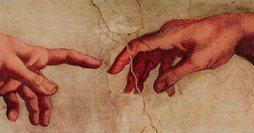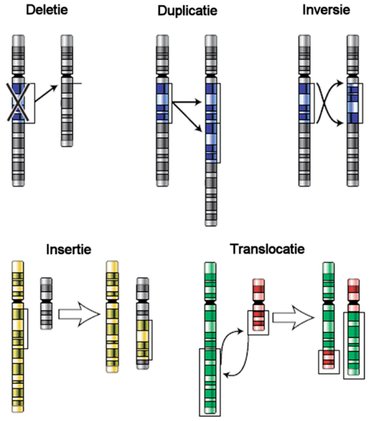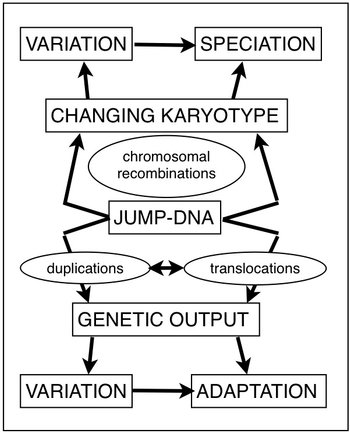KEPLER-SCIENCE
More on DNA
How does DNA work?
A relatively small part of the DNA has genes that code for proteins. These genes are regulated by other genes: some of these code for regulating proteins, others for regulating RNA. Another part of the DNA is used to code for transport-RNA and ribosomal RNA (helps to build proteins). Sometimes large quantities of certain proteins are needed: the genes involved often have some copies in the DNA to be able to work faster. Mutations in such genes usually don't have any effect: enough working copies remain. This also means natural selaction doesn't work on these genes.
For many important characteristics back-up systems exist in the genome: if one programme gets damaged, another one can take over. Monophylists state that such redundant (superfluous) genes came into being by duplicating genes which could easily mutate to get new characteristic because natural selection doesn't work in it. This theory can be checked by three predictions:
- Simple organisms will have less genes (but the number of protein coding genes is about the same in all organisms)
- Redundant genes can be linked back to copies of other genes (in yeast we find two genetically different programmes for the same biological function)
- Redundant genes will mutate quicker (but this can be found nowhere).
Multi-purpose genome
Scientists discovered that mutations preferably happen in so called hotspots - elsewhere they happen less easily. Peter Borger (see link nr. 1) states that small genetic elements (jump-DNA) cause certain genetic programmes to be switched on or off. In this way some hidden programmes can suddenly be activated, making it possible for an organism to adapt to a different environment. This way jump-DNA causes adaptive radiation without adding new genes - it's rearranging existing material.
If hidden programmes and redundant genes aren't used, they can 't damaged or even lost: the use-it-or-lose-it principle. That's degeneration: information gets lost. This way related species will show similarities, but differ genetically in some ways because they don't use the same (existing!) programmes and have lost superfluous ones.
DNA and speciation from a basic type
You could state that a basic type starts with the DNA (genome) of a generalist: it can be used in many different circumstances. Adaptive radiation causes speciation. The new species will all loose different parts of the genome and (some) will turn into specialists. Think of spiders living in caves for generations: they don't need eyes and loose (some of) the genes connected to seeing. Plants in tropical regions use the C4-system for photosynthesis, while in regions with a moderate climate the C3-system is used. Some plant species still have both systems and some use the one and have the other one rudimentarily in the genome.
DNA and descent
Carefully studying the DNA we can try to produce a phylogenetic tree, but this is problematic. Many different trees have been proposed - with changes almost every year. The New Scientist stated in 2009: Darwin was wrong. What the tree looks like depends on the genes you use to construct it and many trees look totally different from what we would expect when looking at anatomical similarities. Maybe these trees are like a fata morgana: coming closer they disappear.
The same applies to the descent of Man. Some genes point to the Chimpanzee as our closest relative, others the Gorilla, others the rat or ... Cytochrome C is a weird example: this protein is very important for the respiration system and here the rattlesnake seems to be our closest relative.
The origin of viruses
The role jump-DNA can have in adaptive radiation and speciation sets the question of the origin of viruses in a different light. Especially RNA-viruses could very well be derailed jump-DNA elements. Some types of jump-DNA are good candidates: many call them endogenic retroviruses. Genetic analysis of RNA-viruses shows that their origin is later than the origin of their hosts, which makes it logical to suppose they originate from their hosts.
These types of jump-DNA will first be translated into RNA, than packed in a protein coat (possibly to prevent them to be used in the wrong place) to be built in elsewhere: it seems a pre-programmed way to cause variation (like what we know of B-lymfocytes: they do that to produce specific antibodies). That's why some viruses can cause cancer!
LINKS:
- Articles about DNA on Anwers in Genesis
- About genetics (on icr.org)
- All about science: DNA structure (with links)
- About beneficiary mutations.
- About RNA-editing in corals.
- Several Dutch links can also help: go to DNA.
above: examples of chromosome-mutations
below: the possible role of jump-DN in speciation and adaptive radiation




